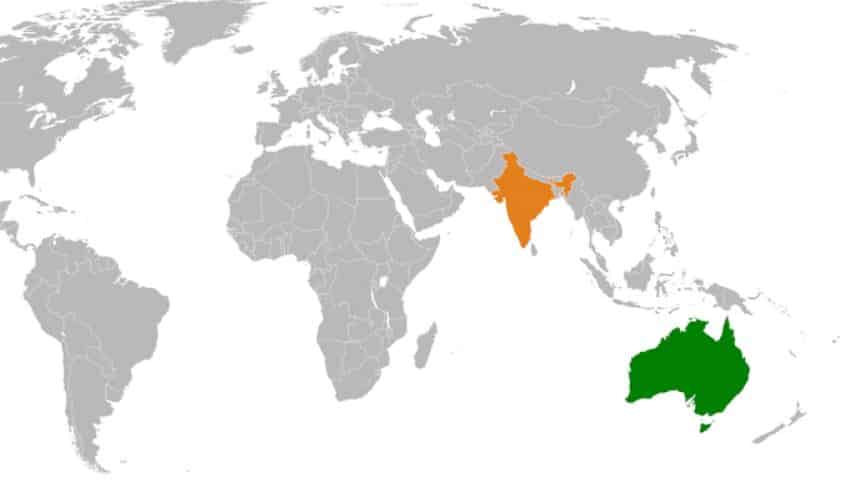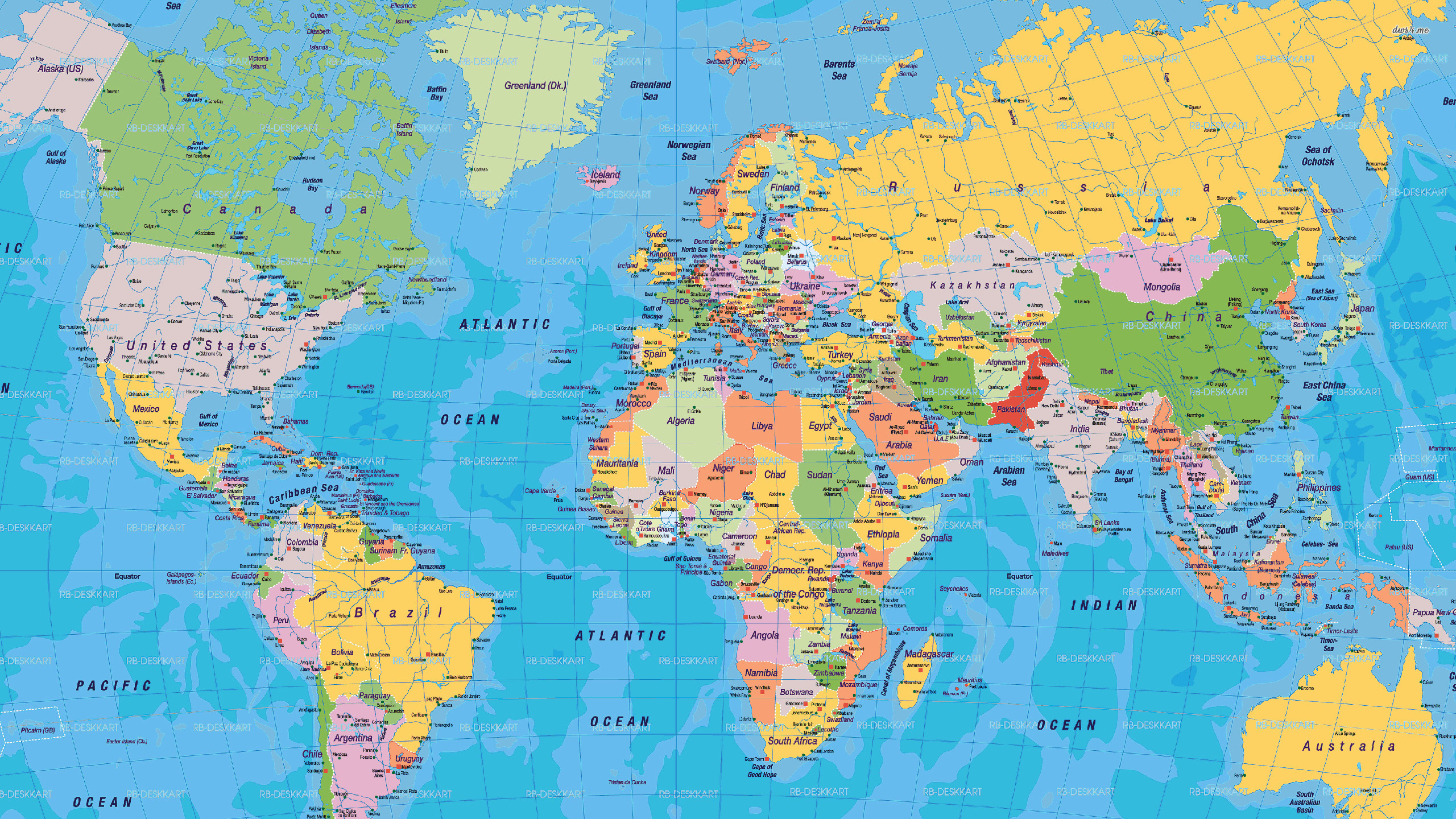Table of Contents
India – Australia International Relations | UPSC – IAS
Australia Prime Minister has announced implementation of “An India Economic Strategy to 2035”, a vision document that will shape India- Australia bilateral ties.
- A three-pillar strategy- The focus of this report is on building a sustainable long-term India economic strategy. The report identifies 10 sectors and 10 states in an evolving Indian market where Australia has competitive advantages, and where it should focus its efforts. These are divided into a flagship sector (education), three lead sectors (agribusiness, resources, and tourism) and six promising sectors (energy, health, financial services, infrastructure, sport, science and innovation).
First Pillar – Economic Ties
India is already in the first tier of Australia’s diplomatic relations. It has been a high foreign policy priority for at least two decades. But the economic relationship is stuck in the second tier. This vision thus focuses on upgrading ties into full blown economic partnership.
- Building on India’s Economic Rise- Over the past decade and a half, India’s economic growth, its appetite for resources, energy demand, skill development, technical know how and investments have made it an important trade partner and export destination for Australia.
- Therefore, this strategic vision aims at capturing this rise of India economy. India’s growing economic weight makes it an unavoidable economic partner, despite the challenges in navigating its market. Australian exports to India are expected to grow from 14.9 billion dollars in 2017 to around 45 billion dollars in the next 20 year, and Australian investment to India rise from 10.3 billion dollars to over the 100-billion mark, reflecting a transformational expansion of the relationship. This investment will be spread over various sectors like resources, education, infrastructure etc.
- The core of the trade ties are energy resources and now Australia is moving forward in providing assured Uranium supply under Civil Nuclear Cooperation agreement which is important for India’s energy security and economic growth.
Second Pillar-Geostrategic Engagement
- Indo-Pacific – A global Strategic region- Recently there is a shift to Indo pacific which is becoming a centre of economic and strategic gravity. With a high volume of seaborne trade passing through the Strait of Malacca, the Straits of Singapore and the Gulf of Hormuz, the region has become a theatre of competing claims and power plays. India and Australia enjoy strategic position in Indo-pacific and therefore are natural allies in the region.
- Preserving the status quo- Both Australia and India support a rules based international order which currently is under increasing threat. Its defenders are shrinking and its challengers growing.
- Chinese revisionism- China is continuously revising its power in the region. Blatant disregard for international law, construction of artificial islands, an active defence strategy weaponizing capital and trade, and adoption of a military posture that seeks to keep other powers out from parts of the western Pacific is disturbing the balance of power in the. It provides India and Australia an opportunity to be net security providers thereby ensuring rebalancing.
- Ambiguous American leadership- Though during the Indo-Pacific Business Forum US laid out a partnership based economic engagement in Indo pacific to reassure friends but still the countries have reservations about its America first policy.
Third pillar-Rethinking Culture-thrust on soft power diplomacy
- In the last decade a large scale has been witnessed in the Indian Diaspora in Australia which now constitute 700,000 strong and the fastest growing large Diaspora in Australia. This Diaspora can play a big role to enhance the partnership by creating personal links, in business, arts, education, politics and civil society.
Concerns are as follows:-
- Dichotomous Australian Foreign Policy- Historically, a key problem with Australia’s bilateral relationships has been the misalignment of Australia’s economic and political-security interests. While Australia is reliant on the US for its defence and security through the Australia-New Zealand-US treaty, its economy depends on China, which accounts for a huge share in bilateral trade and investment.
- Challenges of Indian Economy- India is too complicated for its growth story to be linear. Canberra has skepticism about India’s economic progress which is constrained by the political compromises demanded by a diverse democratic federation, held back by thinly resourced institutions, burdened by a interfering bureaucracy, dented by corruption and shaped by a political tradition which puts much greater faith in government intervention than the efficiency of markets.
- Trade implications for India- India and Australia are “too far apart” to conclude the bilateral Comprehensive Economic Cooperation Agreement (CECA) in the near term.
- Perception of Indo pacific– There is no coherent Indo pacific strategy as countries do not have one definitive vision for the region. It is largely seen as global construct to arrest China’s rise.
A Way forward
- India-Australia needs to formulate a comprehensive shared Indo pacific vision which ensures inclusivity, transparency, openness and a rule based order.
- India has to remove various governance bottlenecks and ensure speedy engagement. CECA need to be concluded immediately in order to realize the untapped trade potential.
- Both sides should share the benefits of increased cooperation equally.











